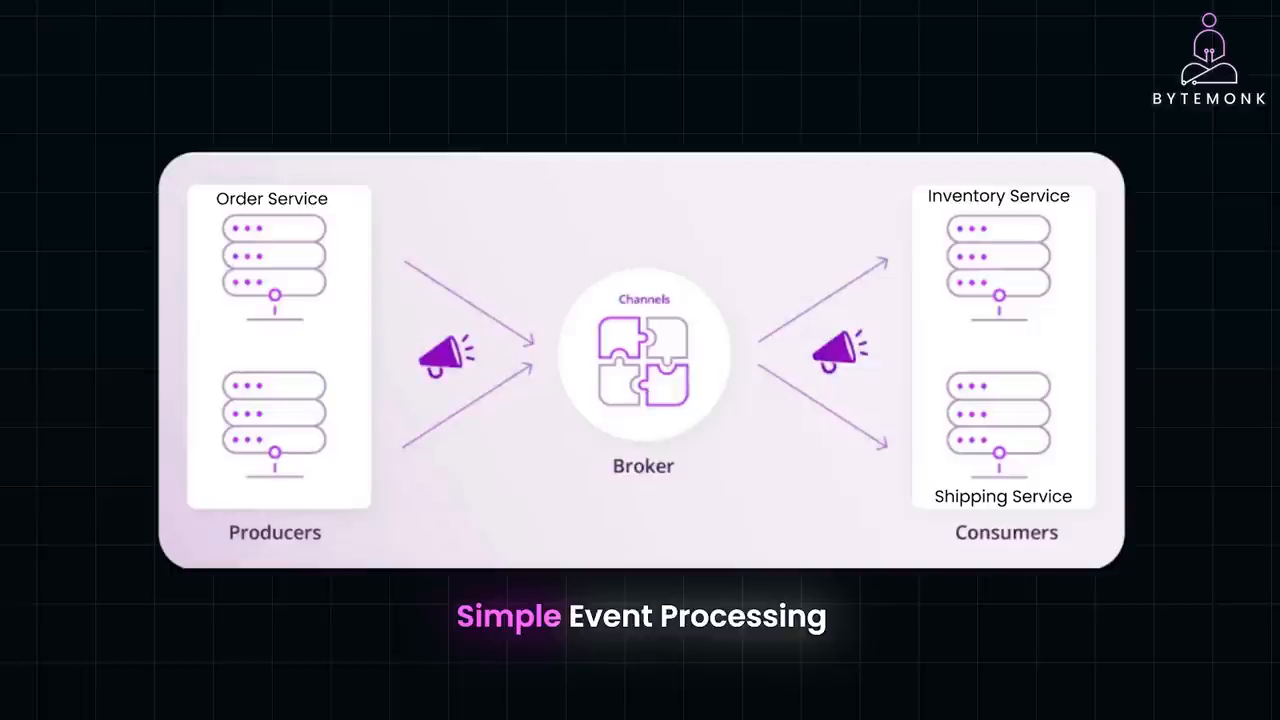Breaking Down Event-Driven Architecture (EDA) Pattern
The Need for EDA in Modern Systems
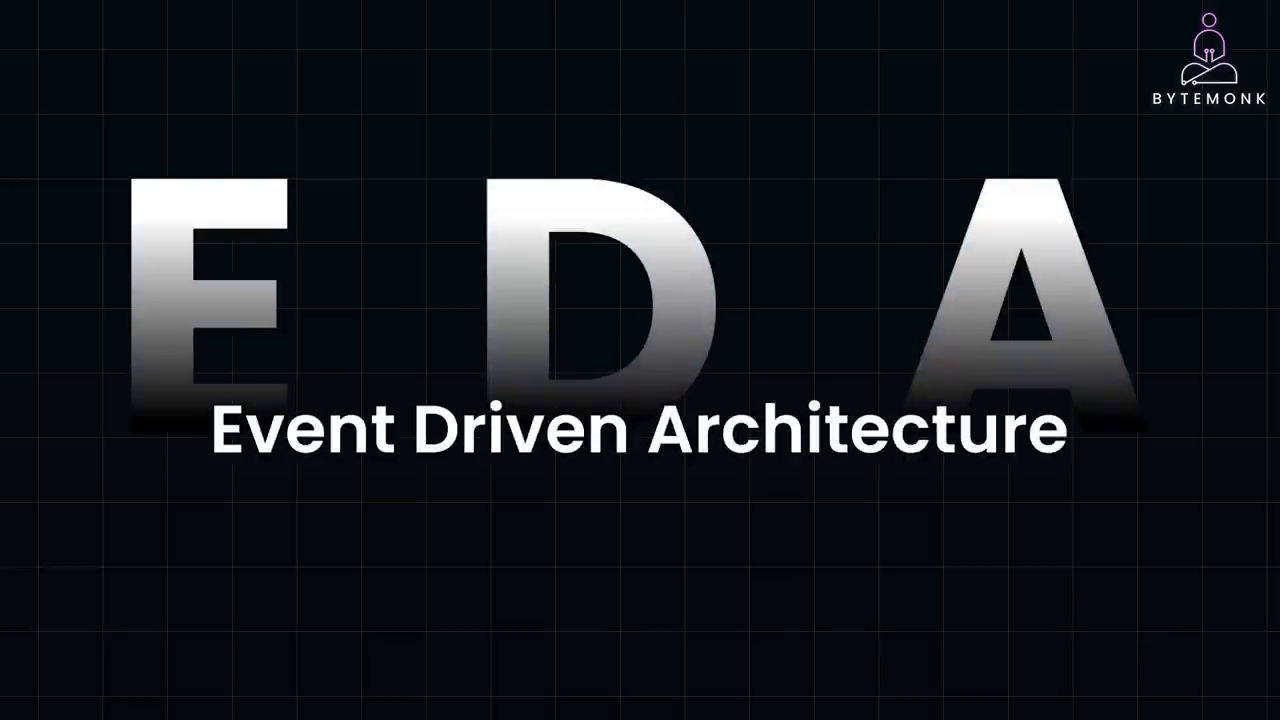 Introduction to Event-Driven Architecture
Introduction to Event-Driven Architecture
In modern software design, the Event-Driven Architecture (EDA) pattern is gaining popularity. With the rise of microservices, big data, and real-time processing, companies need a scalable and flexible way to handle interactions between different components. Traditional request-response models become less efficient as more services are introduced, making it exponentially complex to manage interactions.
The Limitations of Traditional Request-Response Models
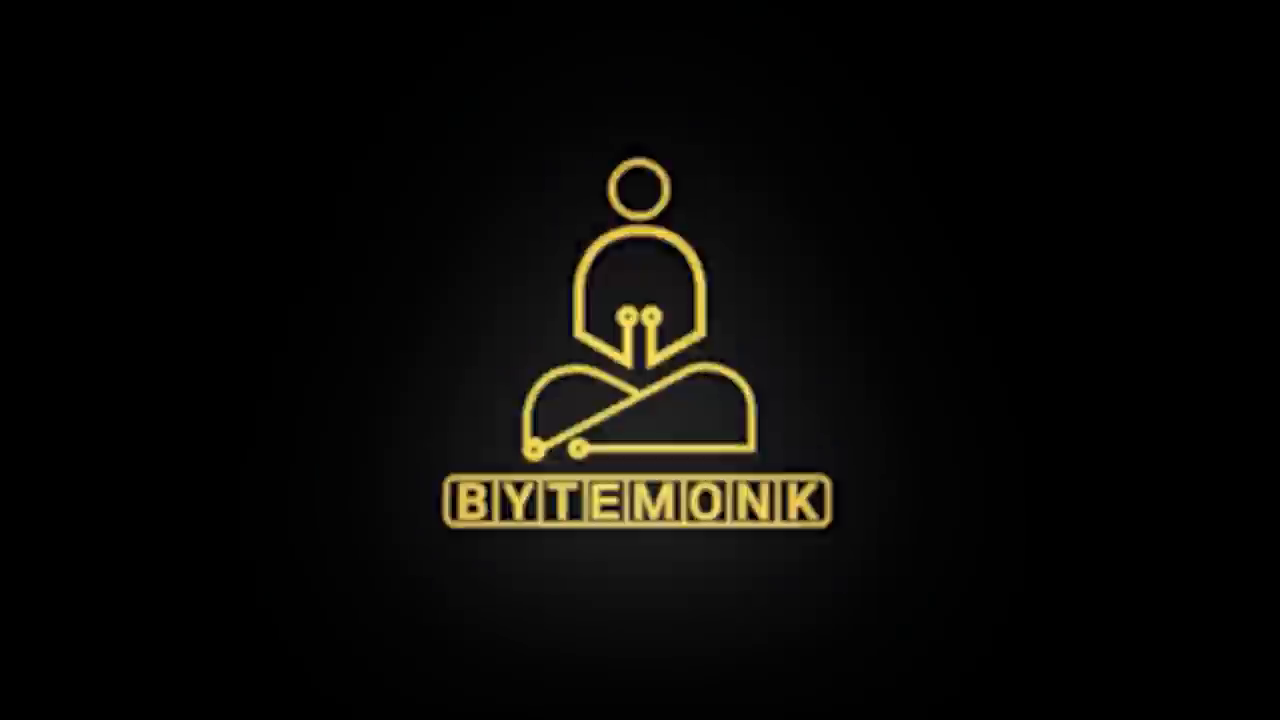 The need for EDA in modern systems
The need for EDA in modern systems
In a traditional request-response model, each service must be aware of and capable of handling requests from multiple other services. This leads to tightly coupled interactions, making the system difficult to scale and evolve. Introducing or updating a service can disrupt the entire network of connections.
Enter Event-Driven Architecture
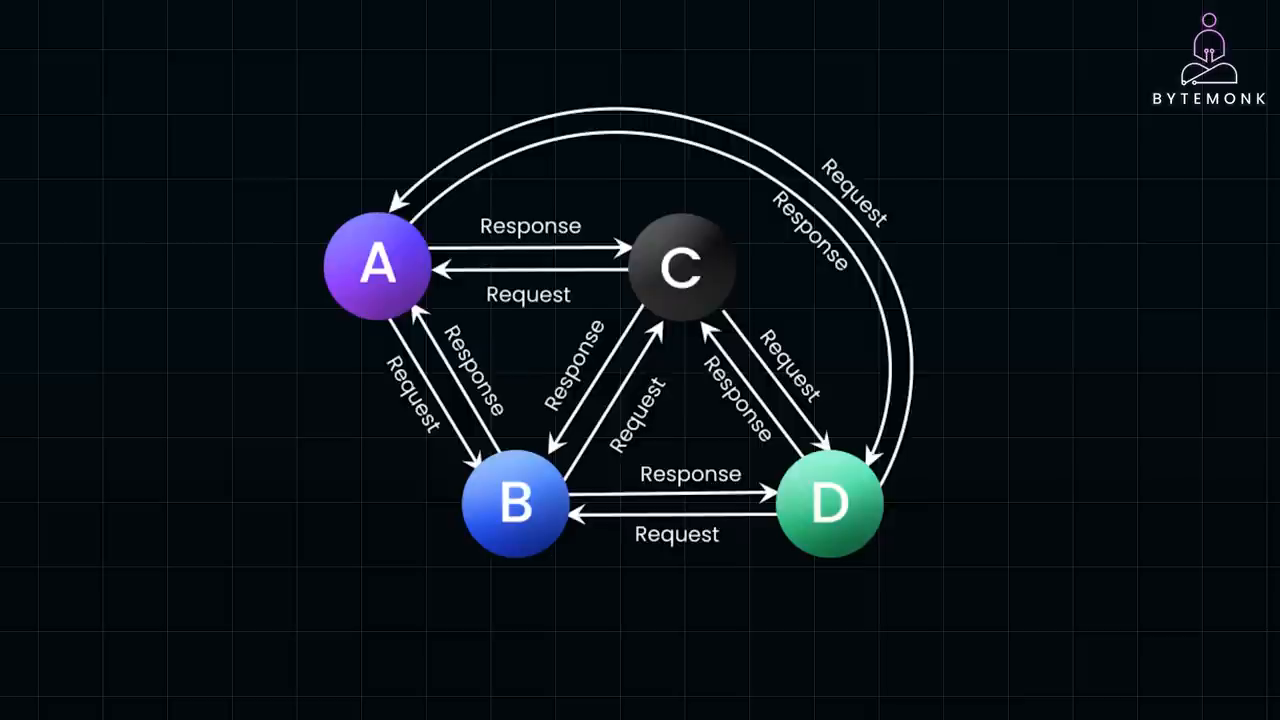 EDA offers a streamlined alternative
EDA offers a streamlined alternative
EDA offers a streamlined alternative by decoupling services through the use of events, allowing for more scalable, flexible, and efficient system designs. At its core, an event-driven architecture is a software design pattern where services communicate through the generation, propagation, and consumption of events.
Event Producers and Consumers
In EDA, event producers are the microservices or systems that generate events, while event consumers are the services or systems that consume the events. Event brokers, like Kafka, RabbitMQ, or AWS SQS, sit between the producers and consumers, handling events by either queuing or streaming them.
Real-World Case Studies: Netflix and Uber
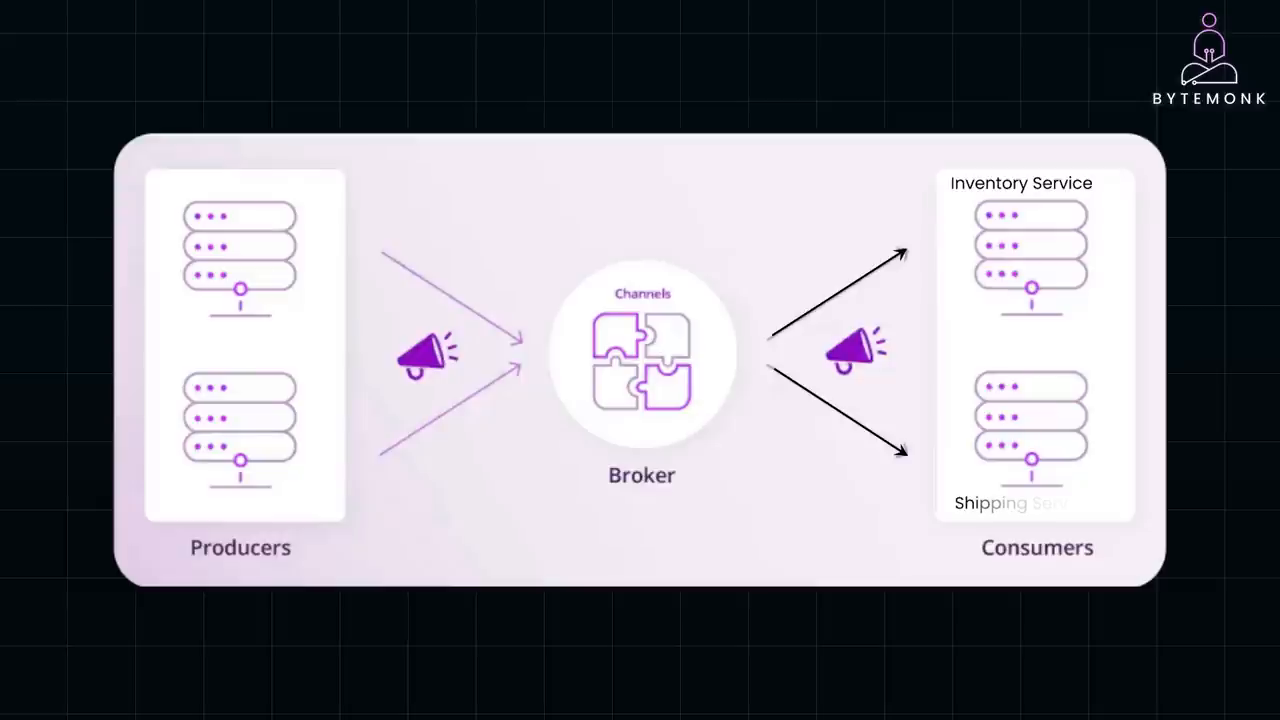 Netflix and Uber: Real-world EDA use cases
Netflix and Uber: Real-world EDA use cases
Companies like Netflix and Uber are leading the way in using EDA to handle billions of events daily. Netflix uses EDA to decouple its services, enabling scalability and flexibility, while Uber leverages EDA to manage its complex event-driven systems.
Benefits and Challenges of EDA
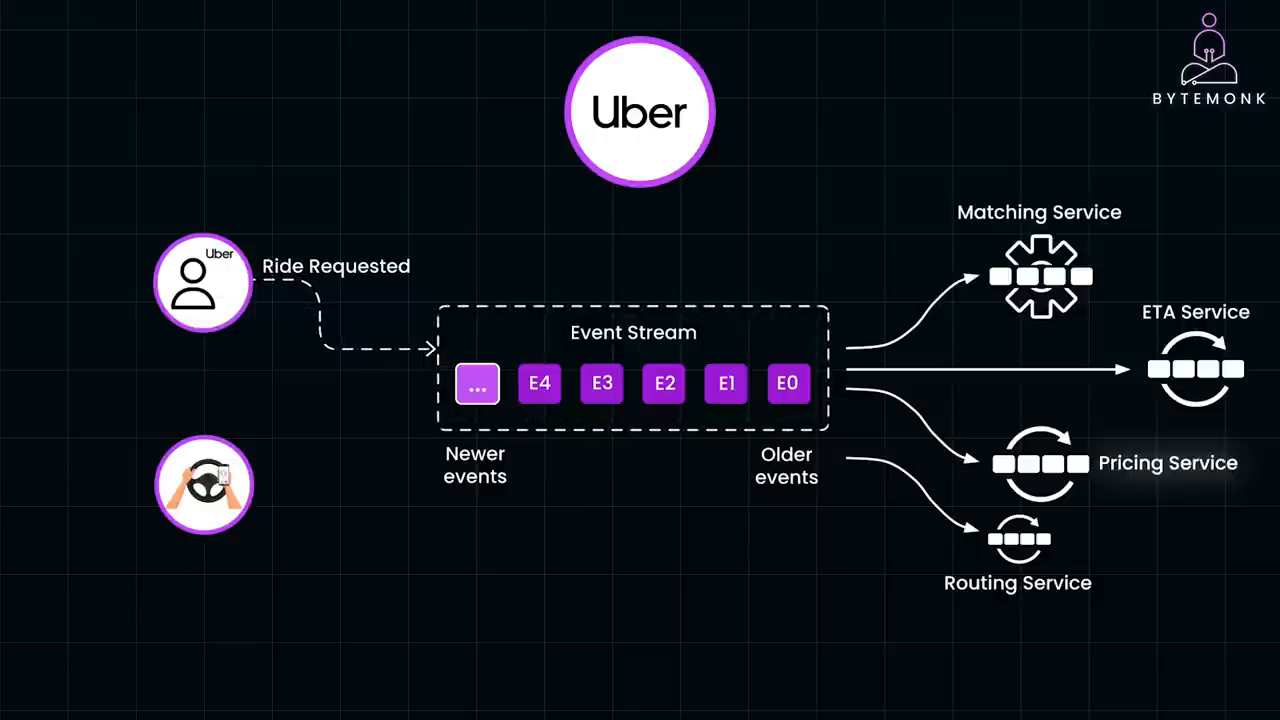 Benefits and challenges of EDA
Benefits and challenges of EDA
While EDA provides many benefits, such as scalability, flexibility, and efficiency, it also comes with challenges, including ensuring events are processed in the correct order, managing eventual consistency, and designing for real-time event processing.
Tools for Building EDA Systems
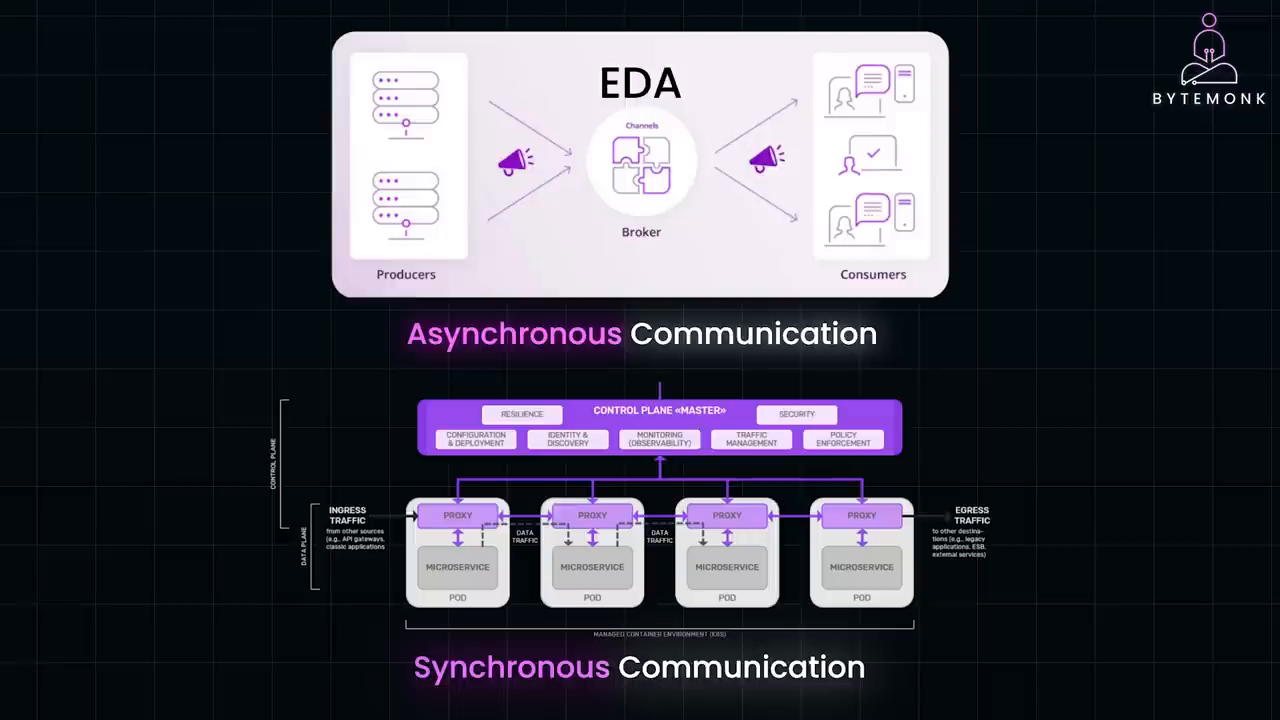 Tools for building EDA systems
Tools for building EDA systems
Several tools are available for building EDA systems, including Apache Kafka, Amazon's cloud-based messaging services, and RabbitMQ. These tools make it easier to implement EDA that can scale and handle real-time processing efficiently.
Conclusion
EDA is more than just a trend; it's the backbone of systems that handle billions of events every day. By understanding the benefits and challenges of EDA, developers can design and implement scalable, flexible, and efficient systems that meet the demands of modern software design.


